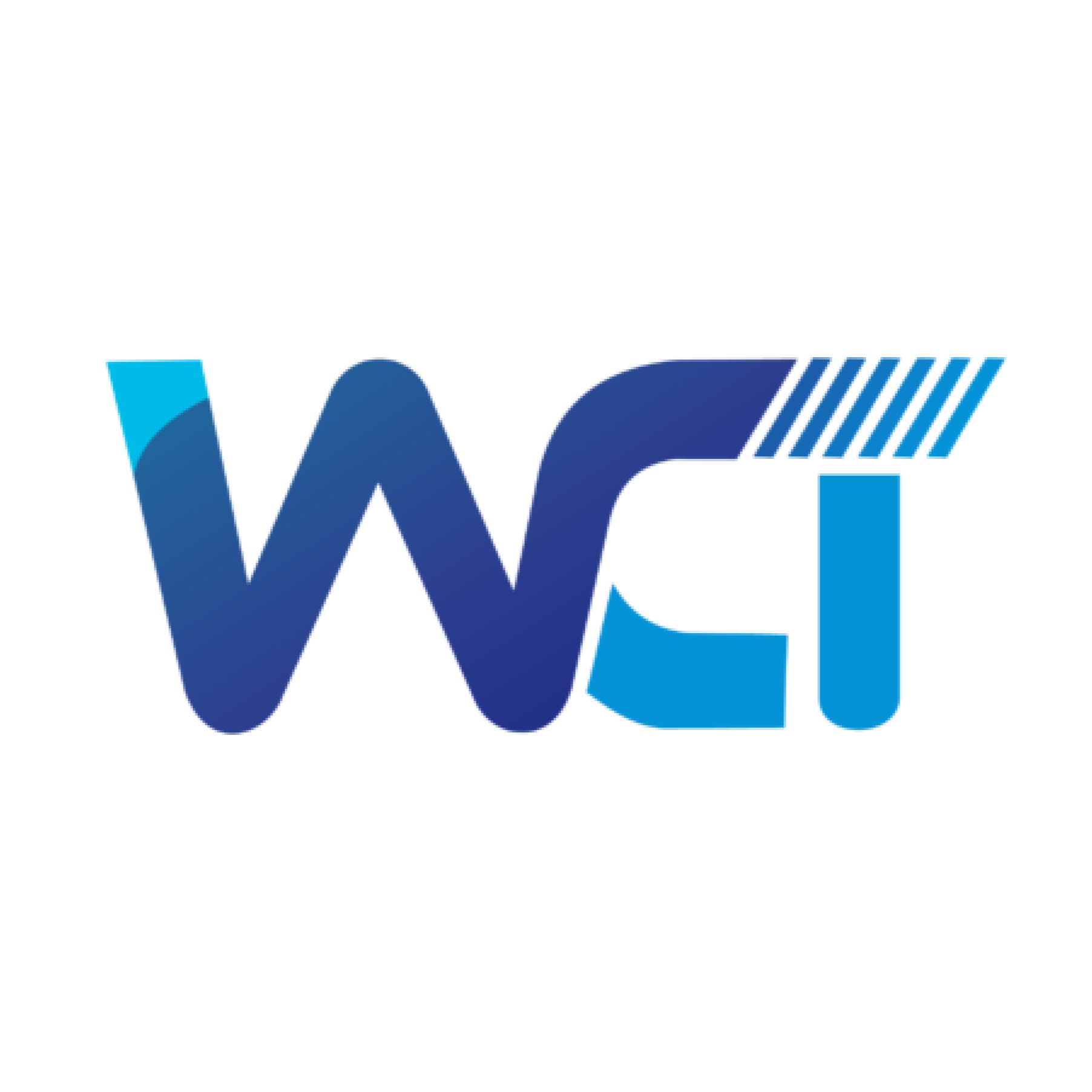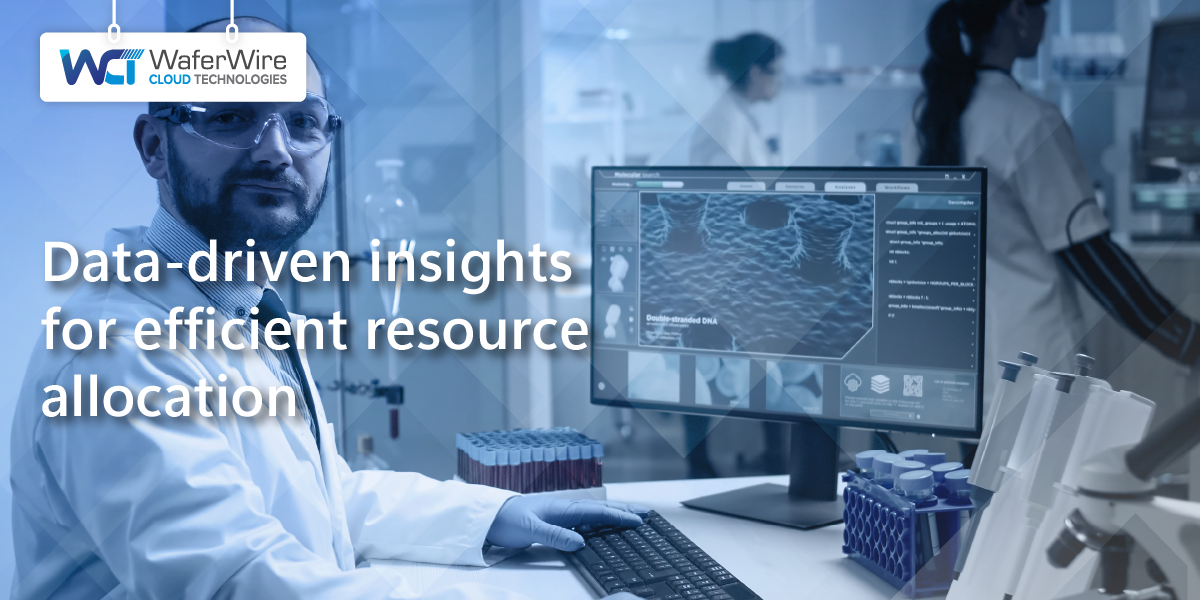


During emergency breakouts, hospitals face resource allocation challenges. The pandemic could be the best example of how this unpredictability led to overcrowding and staff burnout. Also, healthcare is dynamic. Every day, patient demands vary. So, hospitals like yours must allocate resources efficiently, such as beds, medications, equipment, and staff. Imagine a patient in the emergency ward shifting to the Intensive Care Unit patient room. However, on reaching the department, you find the unavailability of the beds. Here is where data-driven insights come in. Hospitals generate a wide array of data every day. This data is from various sources like EHRs, healthcare surveys, MRIs, X-rays, and claims data, to name a few. This data fuels data-driven insights to transform challenges into resource allocation opportunities.

One of the methods to transform this raw data into actionable insights is Predictive Analytics. Predictive Analytics is a statistical technique that helps to determine future trends based on current and historical data. For example, during seasonal viral infections, the hospitals can predict a surge in flu cases and ensure evenly distributed resources like hospital staff, beds, and medications in the inventory. Thus, you can manage the sudden influx of patients effectively. Another method to manage resources in your hospital is real-time monitoring. A real-time monitoring system gives you updated information about the patient flow and availability of resources. For example, your emergency department has a sudden patient surge. Your hospital administrator can quickly allocate resources from other departments for timely patient care. However, if two patients from the emergency department need immediate care and you have just one bed in the ICU left, how would you allocate that resource correctly? Enters patient risk stratification, a method where data analytics stratifies patient on their health risks. For example, there is a patient who recently underwent bypass surgery. He is 72, and another patient of 36 underwent kidney dialysis. The hospital identifies the 72-year-old patient as high-risk due to his age and the procedure carried out. However, data-driven insights have a lot more to offer. It helps you to distribute your workload evenly, reducing staff burnout and improving staff allocation and satisfaction. For example, your data analytics system identifies an upsurge in the emergency department during morning hours. With this insight, you can adjust your staff allocation wisely. Data analytics is a boon for managing your inventory levels. Hospitals must ensure the right supplies at the right time, reducing costly last-minute procurement and wastage. For example, a hospital pharmacy can check their medical supplies and critical medicines through insights. The system checks the usage patterns and expiration dates and automatically reminds us to reorder if the stocks fall below the threshold. During seasonal flu, there are frequently prescribed medicines like Zanamivir and Peramivir. Now, if the system detects that the stock has fallen below the predetermined threshold, it will automatically generate an order for replenishment to avoid the risk of running out of stock. To summarize, data-driven insights can transform your healthcare resource allocation effectively. From forecasting to risk stratification and load balancing to inventory management, data-driven insights have it all! However, leveraging such data-driven insights requires accurate data analytics implementation for healthcare. Therefore, partnering with a data analytics company like us will do the needful. After all, you want efficient processes, improved patient outcomes, and a better bottom line. Now, the baton is in your hands!

